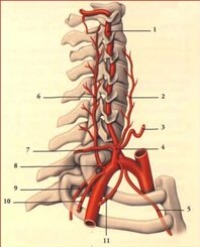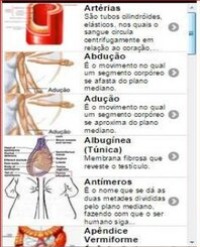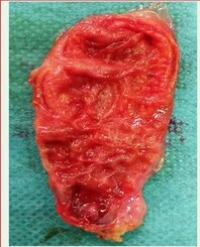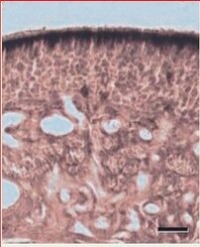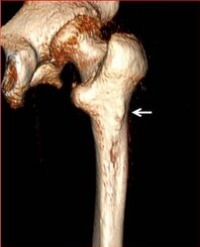
Assessment of an Anatomic Variant That May Mimic Prefracture Findings of Drug-Associated Atypical Femoral Fractures on Conventional Radiographs: The Third Trochanter
Introduction: The study objective was to assess lateral femoral cortex variants that may mimic prefracture findings of drug-associated atypical femoral fractures (AFF) among hip radiographs.
Materials and Methods: Bilateral hip radiographs of 1493 consecutive patients (mean age 67.7, 804 women) were reviewed. Hips were positive if localized lateral subtrochanteric femoral cortical thickening (LSFCT) was present. Positive studies were divided into a medication group if history of bisphosphonate or denosumab use was present or a variant group. The medication group was subcategorized into a prefracture group if classing beaking LSFCT or a contralateral AFF was presentor a non-prefracture group. The LSFCT width, femoral head and lesser subtrochanteric distances were measured. Analysis of Variance (ANOVA) was performed (p <0.01) to compare the three groups, with post hoc Tukey HSD evaluation. Cross-sectional imaging for each group was reviewed.
Results: Of the1493 exams, 1079 were included. In the 24 patients with LSFCT, 8 patients were assigned to the medication group and 16 to the variant group. Of the 8, 3 met criteria for the prefracture group and 5 were subcategorized to the non-prefracture group. Differences among the prefracture versus the non-prefracture and variant groups were statistically significant (p<0.01). Cross-sectional imaging of the correlated LSFCT with the third Trochanter posterolaterally in the variant group and laterally for the prefracture group
Conclusions: The third trochanter is an anatomic variant that may mimic prefracture findings of drugassociated AFF. The third trochanter can be differentiated radiographically from prefracture AFF findings with a < 3 mm width and < 3mm lesser subtrochanteric distance.
Troy H Maetani1 *, Stacy E Smith2 and Barbara N Weissman2

